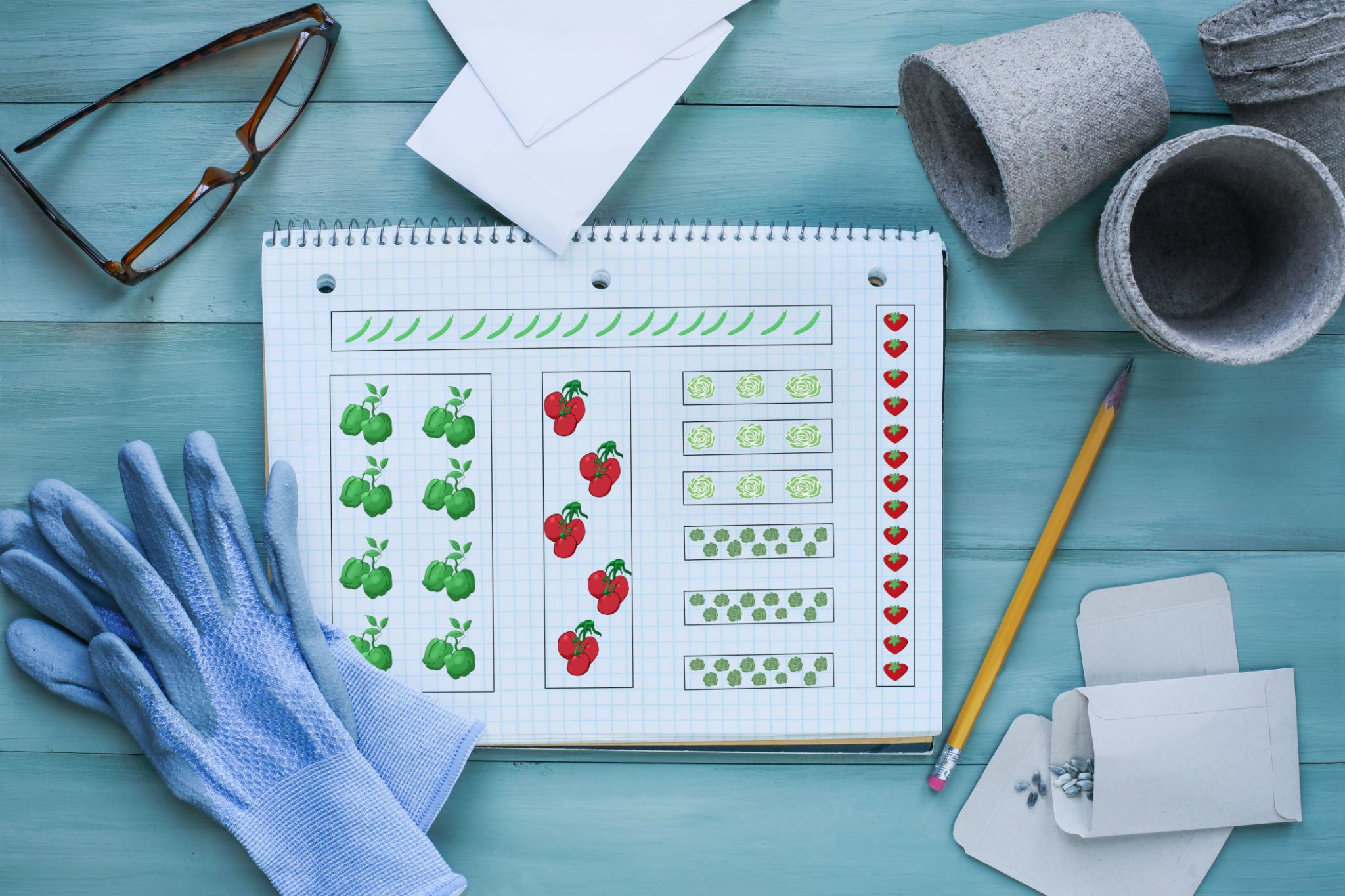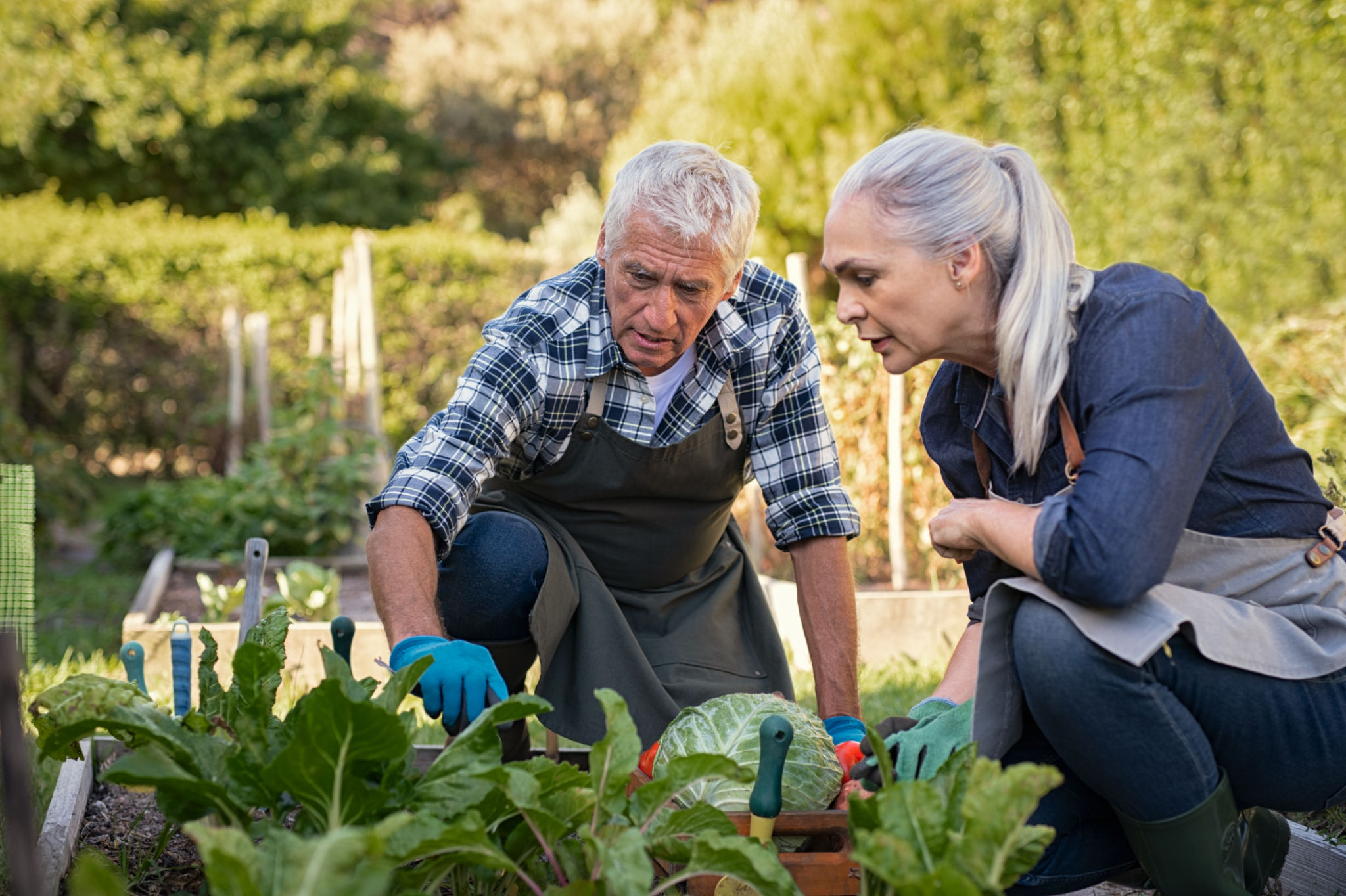Expert Tips for Designing an Edible Garden That Thrives
Understanding Your Space
Designing an edible garden begins with understanding your space. Take time to observe the light, soil quality, and microclimates within your garden area. Identifying these factors will help you select plants that thrive in your specific environment. Consider creating a garden map to plot out sunny and shaded areas, as well as any slopes or drainage issues.

Choosing the Right Plants
Selecting the appropriate plants for your edible garden is crucial for success. Focus on native plants and those that are well-suited to your climate. This will ensure that they require less maintenance and are more resistant to local pests and diseases. Additionally, opt for plants that complement each other in terms of growth habits and nutrient needs, such as companion planting combinations like tomatoes with basil or carrots with onions.
Companion Planting
Companion planting is an excellent strategy to maximize the productivity of your edible garden. By grouping certain plants together, you can enhance growth, deter pests, and improve flavors. For instance, planting marigolds near vegetables can help repel nematodes, while aromatic herbs like thyme can attract beneficial insects.

Designing for Aesthetic and Function
An edible garden doesn't have to compromise on beauty. Incorporate design elements such as raised beds, vertical gardens, or decorative containers to create visual interest. These features not only enhance the aesthetics of your garden but also improve accessibility and space utilization. Consider adding pathways or seating areas to make your garden both functional and inviting.
Incorporating Vertical Elements
Vertical gardening is a fantastic way to maximize space, especially in smaller gardens. Use trellises, arbors, and wall-mounted planters to grow climbing plants like peas, beans, and cucumbers. Vertical elements can also add height and dimension to your garden design.

Soil Health and Maintenance
Healthy soil is the foundation of any thriving garden. Regularly test your soil to understand its pH levels and nutrient content. Amend the soil with organic matter like compost or well-rotted manure to improve fertility and structure. Mulching is another effective practice; it helps retain moisture, suppress weeds, and regulate soil temperature.
Watering Techniques
Efficient watering is essential for plant health and water conservation. Implement drip irrigation systems or soaker hoses to deliver water directly to the roots, minimizing evaporation. Water early in the morning or late in the afternoon to reduce water loss.
Pest Management Strategies
Managing pests in an edible garden requires a balanced approach. Encourage natural predators such as ladybugs and birds by providing habitats like birdhouses and insect hotels. If pests become a problem, use organic solutions like neem oil or insecticidal soap rather than chemical pesticides.
